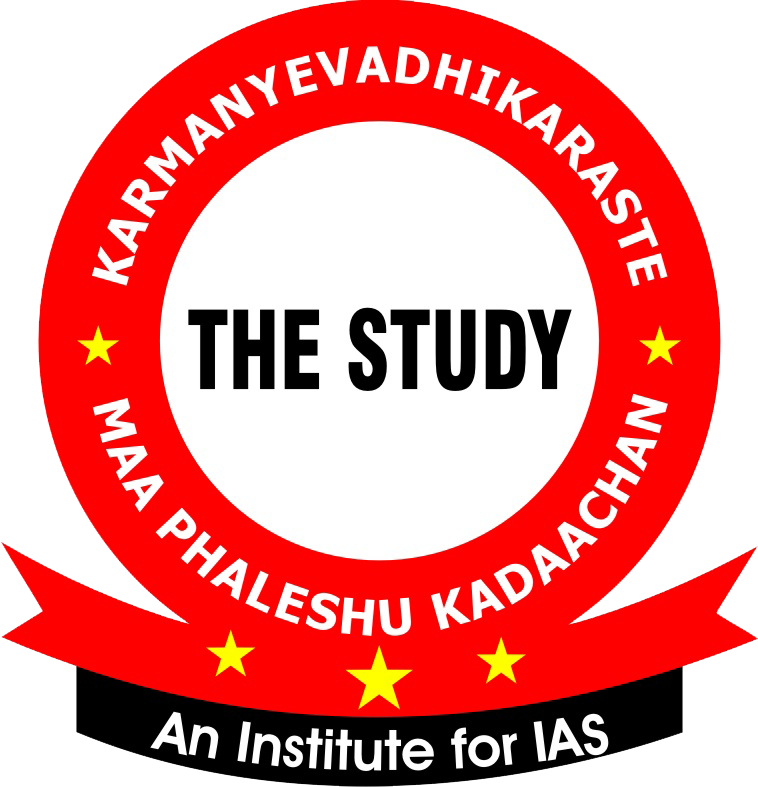June 20, 2023
At the heart of Indo-US ties: Economics & Strategy
At the heart of Indo-US ties: Economics & Strategy
- Underpinning the Indo-US strategic partnership is deepening economic engagement and a resolve on both sides to elevate the bilateral relationship to a 'Global strategic partnership'. Bilateral trade is at a record high and the potential is limitless but there are some headwinds to contend with.
Economic Engagement
- Indo-US strategic partnership centres around deepening economic engagement.
- Both countries are committed to elevating the bilateral relationship to a "Global Strategic Partnership."
- The partnership is built on shared democratic values and a growing alignment on regional and global issues.
- Recently, trade value has reached a record high of $191 billion.
- The US is now India's largest trading partner.
- India ranks as the ninth largest trading partner for the US.
India-US Bilateral Trade
- American companies have invested approximately $60 billion in various sectors in India, including manufacturing, telecommunications, consumer goods, and aerospace.
- Indian companies have invested over $40 billion in sectors such as IT, pharmaceuticals, and green energy.
- These investments were highlighted by Secretary of State Antony Blinken during his address at the US-India Business Council's annual India Ideas Summit.
Strategic Underpinnings
What is quad?
- 'Quadrilateral Security Dialogue' (QSD), the Quad is an informal strategic forum comprising four nations, namely -- United States of America (USA), India, Australia and Japan.
- All these countries have come together on the common interests of maritime security and trade.
- One of their common objectives was to oppose China's expansionist policy and only to protect the common interests of the Indo-Pacific region.
- The Indo-US relationship has a strategic subtext, with a focus on countering China's influence.
- Diversifying and deepening supply chains with trusted countries, while reducing strategic dependencies, is a post-pandemic consensus.
Both governments have established over 50 bilateral dialogue mechanisms at various levels.
- The Quadrilateral Security Dialogue (Quad) serves as a flagship of strategic engagement.
- The Quad was initially formed as a broad partnership after the 2004 Indian Ocean tsunami.
- In 2017, the Quad was repurposed primarily to address China's growing influence in the Indian Ocean rim.
- The I2U2 is collaboration between India, Israel, the US, and the United Arab Emirates. It aims to foster joint investments and initiatives in key sectors such as water, energy, transportation, space, health, and food security.
- In January 2023, the US and India launched the US-India initiative on Critical and Emerging Technologies (iCET) to enhance cooperation in high-technology areas.
- India introduced a $10 billion production-linked incentive (PLI) scheme in 2021 to promote semiconductor and display manufacturing as part of its global electronics supply chain.
The US-led regional collaboration aims to diversify semiconductor chip sourcing and avoid duplication of efforts.
- The US is fostering regional collaboration to diversify the sourcing supply base for semiconductor chips, including the 'Chip 4' alliance initiative with Taiwan, Japan, and South Korea.
- In September 2021, India, Japan, and Australia announced plans to establish a semiconductor supply chain initiative to ensure access to semiconductors and components.
- The defence sector is expected to witness various agreements, leveraging the existing bilateral cooperation framework. Potential areas of cooperation include armoured vehicles, ammunition, and air combat, with a possible deal for India to manufacture GE's F414 turbofan jet engine under license for the indigenous Tejas Mk2 light combat aircraft.
About Indian Ocean Rim Association (IORA)
- The Indian Ocean Rim Association (IORA) is an intergovernmental organization established on March 7, 1997.
- It currently consists of 23 member states, including France as a recent addition.
- The Indian Ocean serves as a vital trade and transport route, accommodating numerous small container ships and carrying one-third of the world's cargo and two-thirds of its oil shipments.
- IORA aims to foster sustainable development and balanced growth in the Indian Ocean Region through cooperation and dialogue among member states.
- The headquarters of the Indian Ocean Rim Association is located at ABN Cyber City in Mauritius.
Some headwinds
- The US imposes significant export controls on India, hindering the transfer of technology.
- Outstanding trade issues between the two countries include visa delays and the revocation of India's trade benefits under the Generalized System of Preferences (GSP) program in 2019.
- The US has expressed concerns about India's perceived protectionist trade policy.
- Despite this, India remains a key partner for the US and has increased its procurement of discounted crude oil from Russia.
- India may be encouraged to join the trade pillar of the US-led Indo-Pacific Economic Framework (IPEF), although a comprehensive free trade agreement (FTA) with India is not currently a priority for the US.
- India has engaged in three pillars of the IPEF, focusing on resilient supply chains, clean energy opportunities, and anti-corruption efforts, but has opted out of the trade pillar due to reservations about environmental, labour, digital trade, and public procurement commitments. This decision is influenced by the perception of developed countries as major partners in addressing historical pollution.
******

